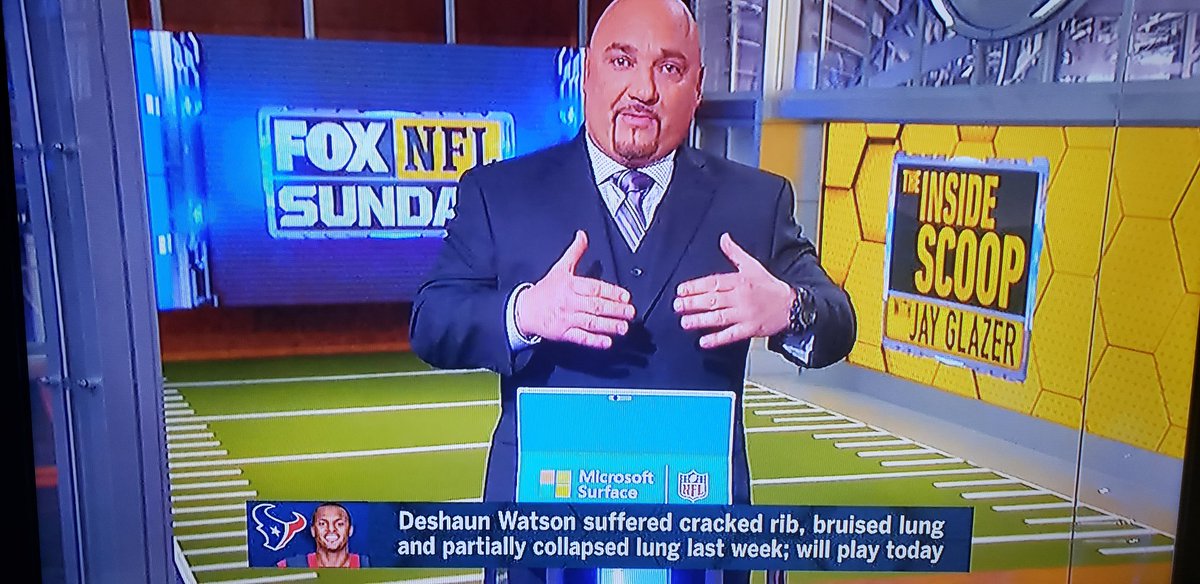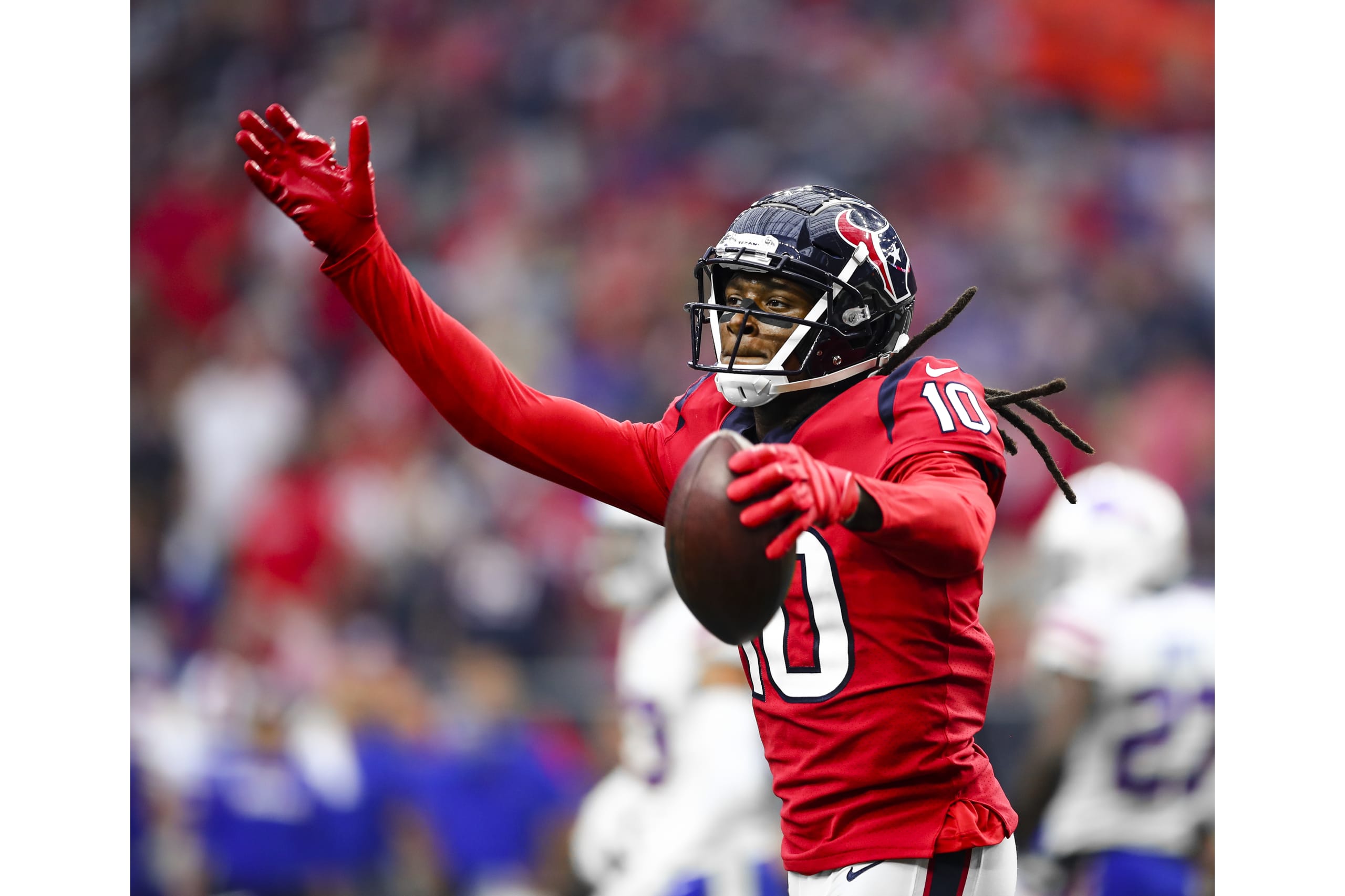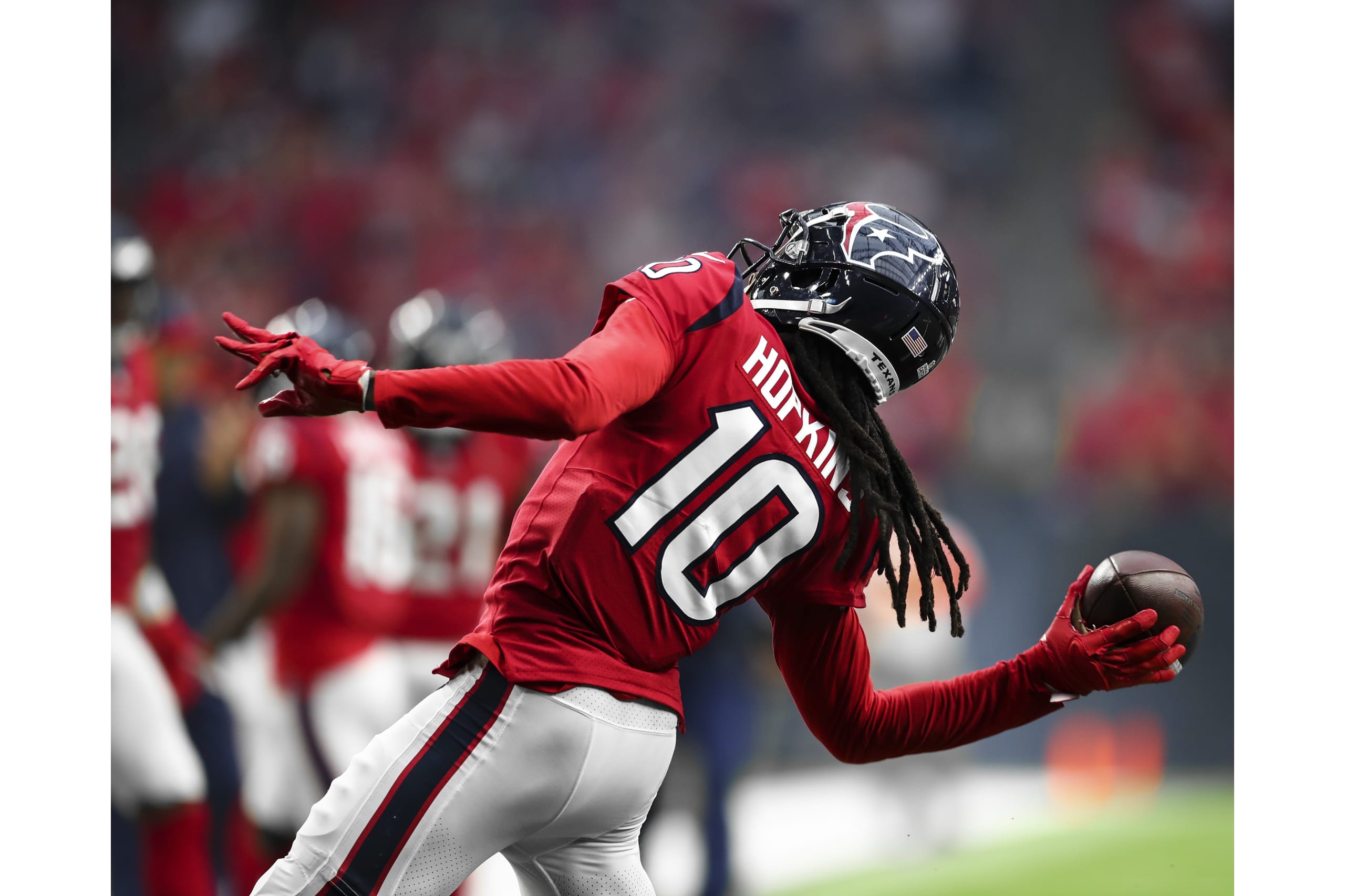So you blame the medical staff and not Shanahan for RGIII?
Mainly yes. Because the medical staff cleared RGIII to re-enter the game. Without that, you're question would have never come up.
************************************************************************************************
NFL medical standards, practices are different than almost anywhere else
By Sally Jenkins and Rick Maese
March 16, 2013
When
Washington Redskins quarterback
Robert Griffin III gimped onto FedEx Field in the fourth quarter of a
January playoff game against the Seattle Seahawks, he was under the gaze of no fewer than six physicians and assorted medical personnel. There was an internist, two orthopedists, an emergency medicine specialist, a neurologist and a renowned knee surgeon. There were five certified athletic trainers on the sideline, and another stationed in a booth high above, an “eye in the sky” tasked with spotting injuries.
It was
visible to all of them, as it was to the audience, that Griffin was so compromised by a strained right knee ligament that he could barely run. Yet the experts did not intervene. In the next moment, something became plain: There is medicine, and then there is National Football League medicine, and the practice of the two isn’t always the same.
Griffin tried to field a bad snap, and his leg collapsed at a weird angle, his knee so unstable that even a cumbersome brace could not keep him upright. He fell to the ground like a doll with a broken spring, injured with torn anterior cruciate and lateral collateral ligaments. With that, a central tenet of the Hippocratic oath — “Do no harm” — instantly seemed turned on its head. Asked later how Griffin could have been permitted to retake the field, NFL Commissioner
Roger Goodell called it “a medical decision.” Yet in the aftermath, even longtime NFL loyalists questioned why doctors allowed a brilliant rookie quarterback to play hurt and jeopardize his future.
“That was a horror show, letting him do that,” said agent-attorney Ralph Cindrich, who played in the league from 1972-75.
RGIII was primed to be the great young face of the NFL — and still may be — but in one January afternoon, he became an
example of something else: a medical culture with conflicts of interest and competing pressures, in which players feel they must play through pain and team doctors often utilize short-term cures to help them do it. These doctors must decide whether their duty is to get the player back in the action or to get him healthy — a choice that often involves difficult judgments about drugs, procedures and treatment that can dramatically depart from what the average patient might receive.
“A lot of doctors would say we’re much more aggressive with the players, getting them back out there with their team, than we would’ve been with the guy who had any other job,” said Kurt Warner, a Super Bowl-winning quarterback who is now an analyst for the NFL Network.
Interviews with more than 50 doctors, players, agents, owners and medical ethicists suggest that what the NFL Physicians Society calls the game’s “unique clinical challenges” can result in inconsistent standards in treating players and cause some doctors to depart from best medical practices and safety norms.
Example: An ordinary citizen would receive a shot of the powerful painkiller Toradol for acute pain only after undergoing surgery, and typically for no more than five days. But in the NFL, doctors administer it weekly despite dangerous side effects that include renal failure, and its ability to mask pain to such a degree that a player injured during a game may not even be aware of the extent of his injury.
THE REST OF THE STORY







